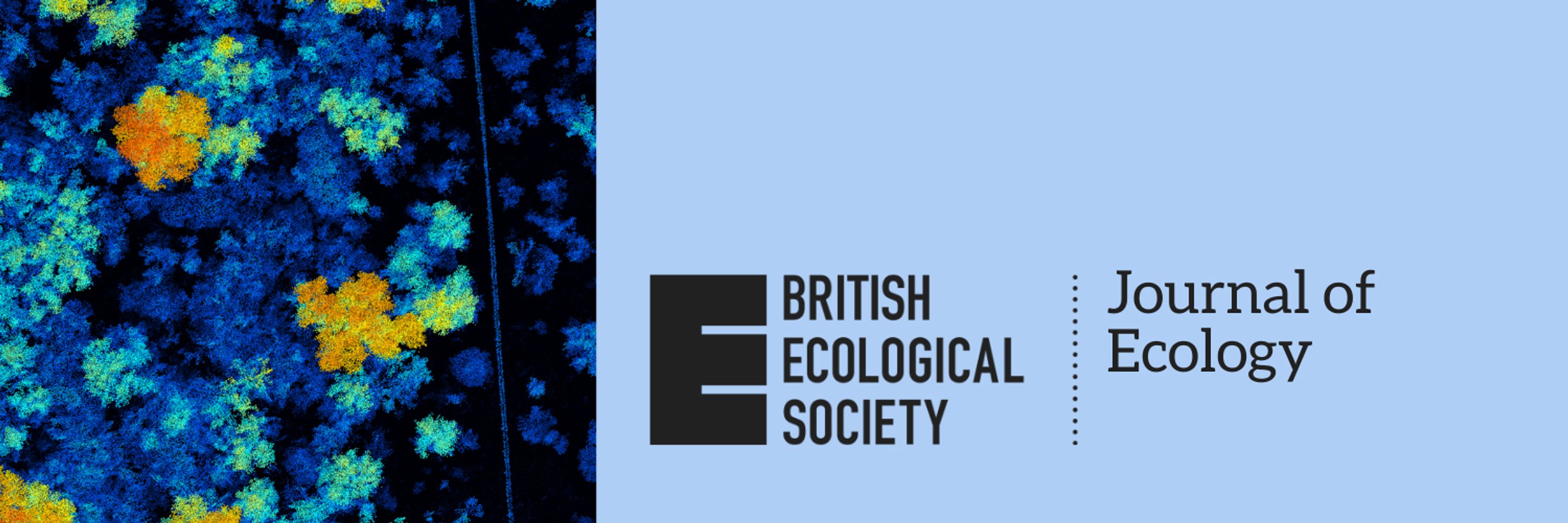

🌿 If you're interested in contributing to our journals, check the link below for more information 👇
buff.ly/7su8jMf
🌿 If you're interested in contributing to our journals, check the link below for more information 👇
buff.ly/7su8jMf

🌿 If you're interested in contributing to our journals, check the link below for more information 👇
buff.ly/7su8jMf
buff.ly/vAULs1t

buff.ly/vAULs1t
buff.ly/sVfMGqd

buff.ly/sVfMGqd
buff.ly/8dpEhNv

buff.ly/8dpEhNv
📰 Read more about some of our well-cited Reviews & Mini-Reviews in our latest blog post 👇
buff.ly/dS5mG0N

📰 Read more about some of our well-cited Reviews & Mini-Reviews in our latest blog post 👇
buff.ly/dS5mG0N
📰 Read more about our reviews in our latest blog post 👇
buff.ly/cgUBfSp

📰 Read more about our reviews in our latest blog post 👇
buff.ly/cgUBfSp
Join the authors of ‘DNA Divers: Volunteer-based eDNA capture for local and global marine biodiversity monitoring’ for this free online webinar! ⭐ 🌍 🧪
Find out more and register 👇
buff.ly/wNIpIWm

Join the authors of ‘DNA Divers: Volunteer-based eDNA capture for local and global marine biodiversity monitoring’ for this free online webinar! ⭐ 🌍 🧪
Find out more and register 👇
buff.ly/wNIpIWm
📖 Read more: buff.ly/qmUA3oJ

📖 Read more: buff.ly/qmUA3oJ
🌷 You can read all of our high-quality reviews on our website 👇
buff.ly/tki7aJ2

🌷 You can read all of our high-quality reviews on our website 👇
buff.ly/tki7aJ2
buff.ly/a7JcahJ

buff.ly/a7JcahJ
See previous blogs here 👉 buff.ly/MnMcRqG (1/2)

See previous blogs here 👉 buff.ly/MnMcRqG (1/2)
🎥: buff.ly/e0mvuNQ
Sign up to our next one on the 18th Nov, 2pm GMT 👇
buff.ly/hLArtmy
🌍🧪

🎥: buff.ly/e0mvuNQ
Sign up to our next one on the 18th Nov, 2pm GMT 👇
buff.ly/hLArtmy
🌍🧪
buff.ly/0vD7Tk4

buff.ly/0vD7Tk4
buff.ly/3GQVxnN

buff.ly/3GQVxnN
buff.ly/6pEMPnG

buff.ly/6pEMPnG
🔍 Article: buff.ly/7rMkwrL
📰 Blog: buff.ly/vKJDO3M

🔍 Article: buff.ly/7rMkwrL
📰 Blog: buff.ly/vKJDO3M
buff.ly/t0KQBRz

buff.ly/t0KQBRz
🔍Article: buff.ly/4CJOfVO
📰Blog: buff.ly/TUAcPV4

🔍Article: buff.ly/4CJOfVO
📰Blog: buff.ly/TUAcPV4
buff.ly/3pfult9

buff.ly/3pfult9
buff.ly/Yk1yF0r

buff.ly/Yk1yF0r
buff.ly/j96UhY1

buff.ly/j96UhY1
buff.ly/0lQpFQQ

buff.ly/0lQpFQQ
Read more and submit your proposal here:

Read more and submit your proposal here:
Join the authors of ‘DNA Divers: Volunteer-based eDNA capture for local and global marine biodiversity monitoring’ for this free online webinar! 🧬 ⭐
⏰ 27 November 2025, 16:30-17:30pm (GMT)
Find out more and register 👇
buff.ly/wNIpIWm

Join the authors of ‘DNA Divers: Volunteer-based eDNA capture for local and global marine biodiversity monitoring’ for this free online webinar! 🧬 ⭐
⏰ 27 November 2025, 16:30-17:30pm (GMT)
Find out more and register 👇
buff.ly/wNIpIWm
buff.ly/tCBYpG7
@sebastianneun.bsky.social
@marenstriebel.bsky.social
@icbm-uol.bsky.social

buff.ly/tCBYpG7
@sebastianneun.bsky.social
@marenstriebel.bsky.social
@icbm-uol.bsky.social

